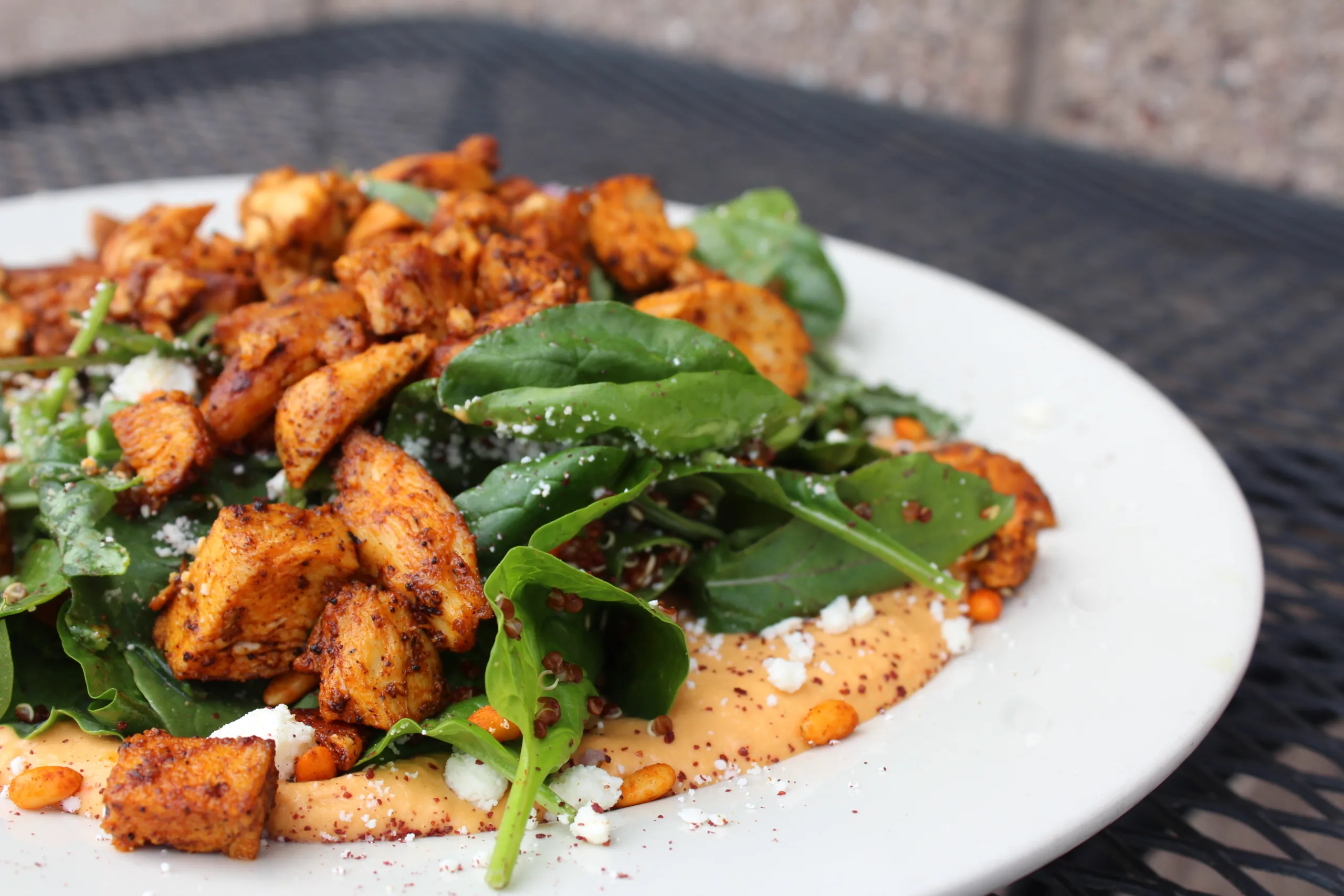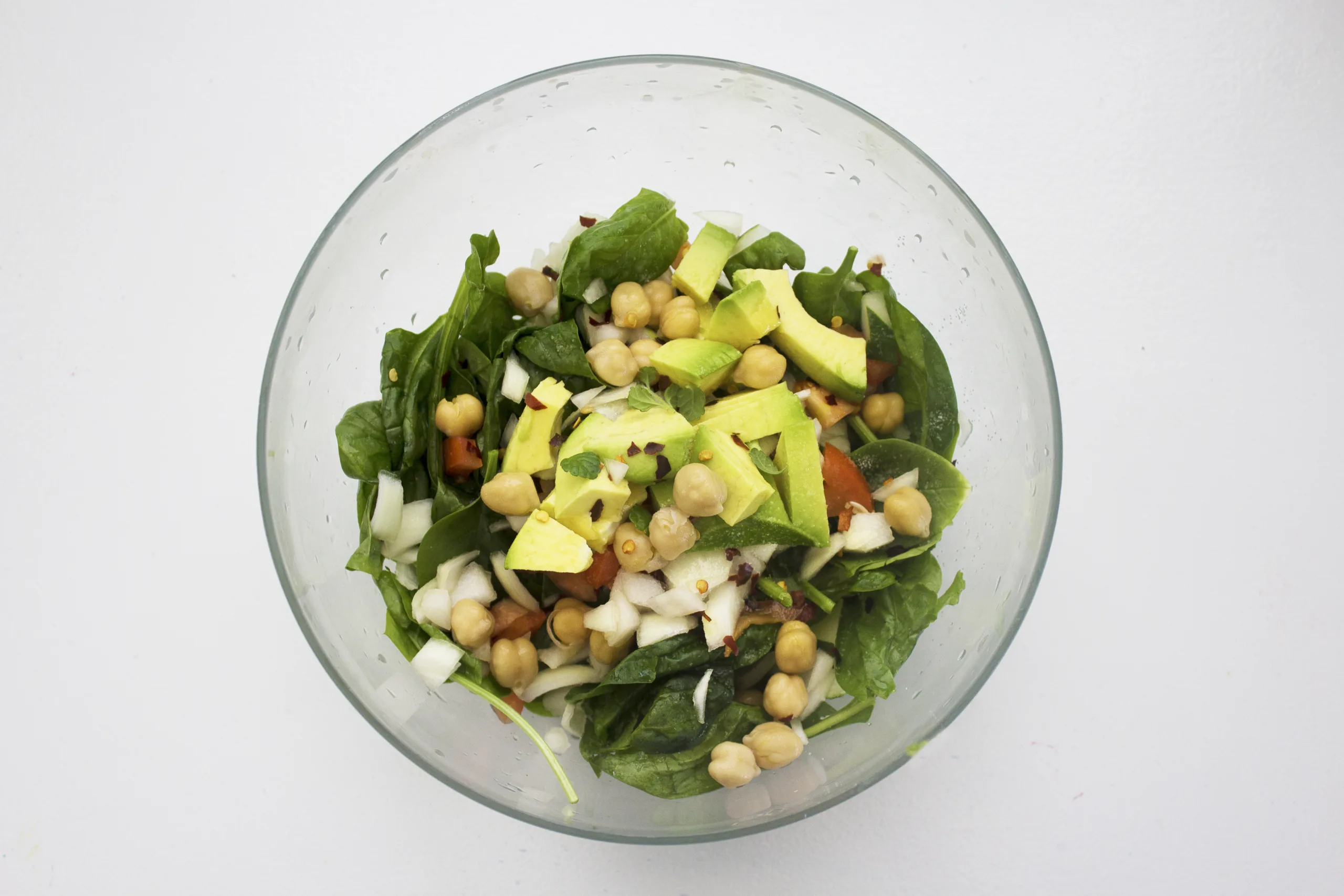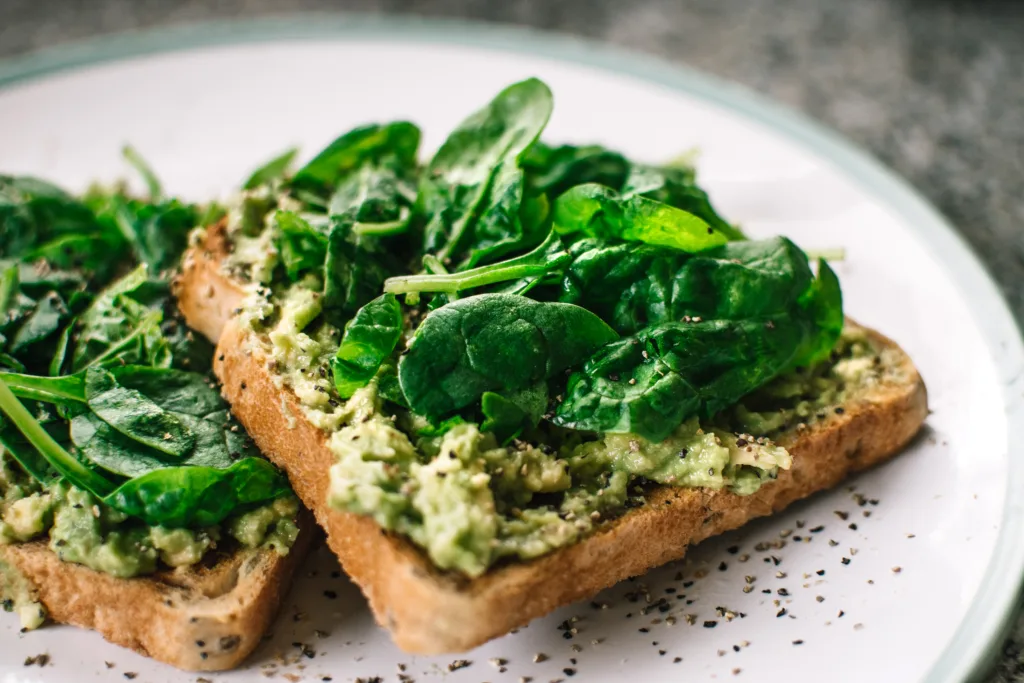Is Spinach Low FODMAP?
Are you wondering if spinach is safe to eat on a low FODMAP diet? If so, you’ve come to the right place! In this article, we’ll discuss the FODMAP content of spinach and provide tips on how to enjoy it without triggering uncomfortable digestive symptoms. We’ll also provide alternative low FODMAP vegetables that can be used in place of spinach.
Whether you’re following a low FODMAP diet to manage IBS or simply want to reduce your risk of digestive discomfort, learning which foods are safe to eat is essential. Keep reading to find out whether spinach is a good choice for your low FODMAP diet!
Yes, spinach is considered low FODMAP. It can be consumed in servings of up to 2 cups or 120 grams per sitting without experiencing any adverse effects.
What is Low FODMAP Diet?
The Low FODMAP Diet is a dietary approach that has been developed as a way to manage symptoms of Irritable Bowel Syndrome (IBS). The acronym ‘FODMAP’ stands for Fermentable Oligo-Di-Monosaccharides and Polyols, which are types of carbohydrates that can be difficult for the body to digest. This type of diet focuses on reducing the consumption of certain foods that contain these carbohydrates in order to minimize the symptoms associated with IBS.
The Low FODMAP Diet involves avoiding or limiting foods that are high in FODMAPs. These include certain fruits and vegetables, dairy products, wheat and other grains, legumes, and processed foods containing artificial sweeteners. Additionally, certain beverages such as beer, wine and some juices should also be avoided. It is important to note that while this type of diet may help reduce symptoms of IBS, it is not a cure-all and should be used in conjunction with other lifestyle modifications such as exercise and stress reduction.
For those who wish to try this type of diet, it is important to consult with a medical professional or registered dietitian prior to making any changes. This will ensure that the individual’s nutritional needs are being met while also reducing their risk for developing any nutritional deficiencies. Additionally, it is important to keep in mind that while this type of diet may offer relief from IBS symptoms, it may not work for everyone.
Is Spinach High in FODMAPs?
Spinach is generally considered to be low in FODMAPs, although some people with IBS may find it difficult to digest. FODMAPs are short-chain carbohydrates that can be difficult for some people to digest, leading to abdominal pain, gas, bloating, and other digestive symptoms. Spinach does contain certain FODMAPs, including fructose, lactose, and sorbitol. However, these are present in such small amounts that they are unlikely to cause any digestive issues for most people.
Click here to preview your posts with PRO themes ››
It is important to note that the amount of FODMAPs in spinach can vary depending on the variety and growing conditions. For example, baby spinach is generally lower in FODMAPs than mature spinach leaves. Additionally, spinach grown in soil with a higher concentration of nitrogen tends to be higher in FODMAPs.
In general, it is recommended that people with IBS limit their intake of high-FODMAP foods. However, if you tolerate spinach well and don’t experience any digestive discomfort after eating it, then there is no need to avoid it.
The Benefits of Adding Spinach to a Low FODMAP Diet
Adding spinach to a low FODMAP diet can be beneficial for those who are following the diet for digestive health. Spinach is high in fiber and low in FODMAPs, making it an ideal choice for those with digestive issues. It also provides essential vitamins and minerals that can help support overall health and well-being.
Spinach is also an excellent source of folate, magnesium, manganese, potassium, and vitamins A, C, K, and B6. These nutrients can help to reduce inflammation in the body and promote better digestion. Additionally, spinach is high in antioxidants which can help protect against oxidative damage from free radicals.
In addition to its nutritional benefits, adding spinach to a low FODMAP diet can help add variety to meals. This can be especially helpful for those who may otherwise get bored with their food choices due to following such a restrictive diet plan. Spinach is versatile and can be used in salads, soups, stir-fries, omelets, quiches and so much more.
Overall adding spinach to a low FODMAP diet is an excellent way to get essential nutrients while also adding some variety into meals. It is also low in FODMAPs which makes it easier on the digestive system for those who are following this type of dietary plan.
How to Use Spinach on a Low FODMAP Diet
Spinach is a nutritious and versatile food that can be used in many dishes. It’s also low in FODMAPs, making it an ideal ingredient for people following a low FODMAP diet. This diet helps those with irritable bowel syndrome (IBS) manage their symptoms by avoiding certain types of carbohydrates called FODMAPs. Here are some tips for using spinach on a low FODMAP diet.
The first step is to purchase fresh, organic spinach if possible. Choose spinach that is dark green and not wilted or slimy. It’s best to buy pre-washed spinach so you don’t have to worry about rinsing it yourself. If you do purchase unwashed spinach, make sure to rinse it thoroughly before using it in your dishes.
When preparing spinach, you can either steam it or sauté it with some oil or butter in a pan over medium-high heat for about 4 minutes. You can also add some garlic-infused oil for flavor if desired. Spinach can be served as a side dish by itself or added to recipes like salads, eggs, quiches, soups or casseroles. You can also add cooked spinach to sandwiches or wraps for an extra nutritional boost.
Click here to preview your posts with PRO themes ››
It’s important to note that canned and frozen spinach should be avoided on the low FODMAP diet because they often contain high levels of onion and garlic, which are both high in FODMAPs. Also, be sure not to overdo it when consuming spinach as too much of any food can cause digestive distress even if it is low in FODMAPs.
Overall, spinach can be a great addition to any low FODMAP diet as long as you buy fresh and prepare it properly. With its high nutritional content and delicious taste, adding more spinach into your meals will help you get the most out of your low FODMAP diet!

Symptoms of IBS and How Can It Be Managed?
Irritable bowel syndrome (IBS) is a common disorder that affects the large intestine. Symptoms can include abdominal pain, bloating, diarrhea, constipation and changes in bowel habits. People with IBS may also experience anxiety, depression, fatigue and difficulty sleeping. The exact cause of IBS is unknown, but it is believed to be related to changes in the way nerves and muscles work in the intestines.
IBS symptoms can range from mild to severe. Common symptoms include abdominal pain or cramping that is usually relieved by having a bowel movement; diarrhea or constipation; feeling bloated; mucus in the stool; frequent urination; and changes in appetite or weight. Other symptoms may include fatigue, anxiety, depression, difficulty sleeping or waking up feeling unrefreshed after sleep.
Managing IBS can be challenging since there is no single treatment that works for everyone. However, lifestyle modifications such as following a healthy diet, reducing stress levels and getting regular exercise can help reduce symptoms. Additionally, medications such as antidiarrheal agents or antidepressants may be prescribed to manage specific symptoms of IBS. It is important to talk with your doctor about the best treatment plan for your individual needs.
Eating Spinach During a Low FODMAP Diet
Spinach is a nutritious vegetable that can be eaten while following a low FODMAP diet. This leafy green contains many essential vitamins and minerals, such as vitamin A, vitamin K, manganese, and iron. Eating spinach can help support digestion and provide essential nutrients to the body. However, it is important to follow certain guidelines when eating spinach on a low FODMAP diet to ensure optimal digestive health.
The most important guideline is to be mindful of portion sizes when eating spinach on a low FODMAP diet. Spinach contains polyols which are carbs that can cause digestive discomfort when consumed in large amounts. It is best to stick to servings of 1 cup or less per sitting in order to avoid experiencing digestive issues. Additionally, spinach should only be eaten cooked or steamed rather than raw as it is easier for the body to digest this way.
Click here to preview your posts with PRO themes ››
It is also important to avoid eating too much spinach during any given week as this could lead to an overload of polyols which could cause digestive discomfort. It is best to limit consumption of spinach to 1-2 servings per week in order to maintain good digestive health while still getting the essential nutrients from this leafy green vegetable.
Finally, it is always best to consult with a doctor or registered dietitian before making any changes to your diet – especially if you are following a special dietary restriction like the low FODMAP diet. They will be able to provide personalized advice and guide you through the process so that you can get the most out of your nutrition plan.
What are Some Alternatives to Spinach on a Low FODMAP Diet?
When following a Low FODMAP Diet, it is important to look for alternatives to high FODMAP foods. Spinach is one of the vegetables that is high in polyols and fructans, making it difficult to eat for those following this diet. Fortunately, there are plenty of other vegetables that can be eaten instead of spinach.
Some good options for low FODMAP vegetables include kale, chard, bok choy, radishes, cucumbers, zucchini, sweet peppers, and eggplant. These vegetables are not only low in FODMAPs but also provide important vitamins and minerals. Additionally, some low FODMAP fruits can be eaten in place of spinach as well; these include oranges, strawberries, grapes and apples.
For those who miss the flavor of spinach but don’t want to risk any adverse reactions due to FODMAPs, there are several recipes that can be made with low-FODMAP ingredients. For instance, a simple salad made with kale or chard can be seasoned with garlic-infused oil or garlic-infused olive oil. Additionally, stir-fries made with zucchini or eggplant can be served over quinoa or brown rice for a complete meal.
Another option is to purchase pre-made frozen meals that contain low-FODMAP ingredients such as roasted bell peppers and mushrooms. These meals can be quickly heated up and enjoyed without worrying about any adverse reactions from eating high FODMAP foods such as spinach.
Overall, there are plenty of alternatives to spinach on a Low FODMAP Diet if you know where to look for them! By choosing carefully selected ingredients and recipes that fit your dietary requirements you can still enjoy delicious meals without having to worry about the consequences of eating too much of certain types of food.

Conclusion
Spinach is a low-FODMAP food, making it a great choice for those following the diet. However, it is important to be aware that some people may still experience symptoms after eating it. People should start with small servings of spinach and monitor their symptoms to determine if they tolerate it well. If they do not feel any symptoms after eating spinach, they can gradually increase their serving size over time. Additionally, people should consider adding other low-FODMAP vegetables to their meals to ensure they are getting enough fiber and other essential nutrients.
Overall, spinach can be an excellent choice for those following a low-FODMAP diet, as long as the serving size is monitored and other low-FODMAP foods are included in the meal. People should always consult with a physician or registered dietitian before making any changes to their diet.

